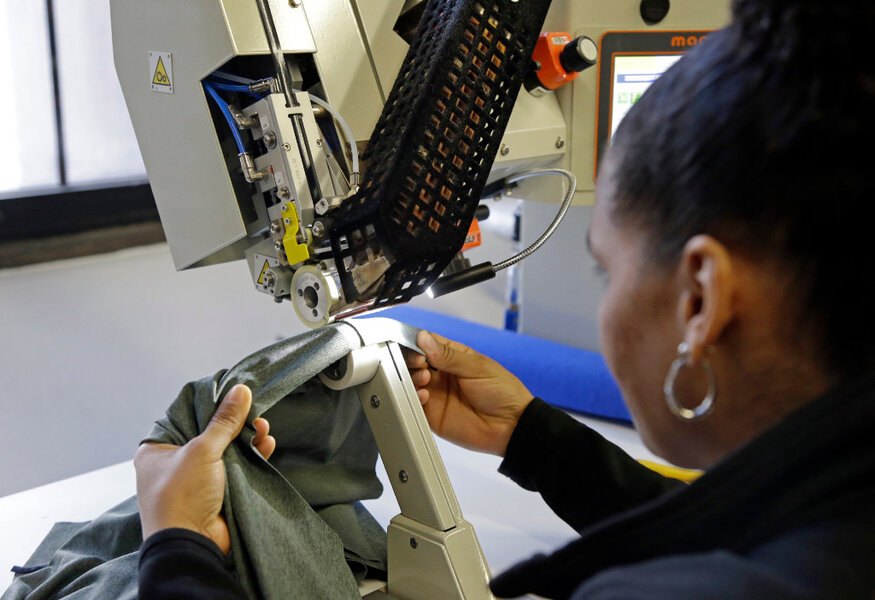Global economy finally hums but needs a purr of innovation
Loading...
For the first time in seven years, most of the world’s economies are humming the same tune – one of steady growth. It’s taken that long since the 2008-10 financial crises to achieve a near-global, synchronized recovery. There’s just one sour note: The global growth rate, which is expected to be about 3.4 percent this year, is not yet back to pre-crisis levels.
What’s missing?
To listen to Janet Yellen, chairwoman of the US Federal Reserve, what is needed are fresh ideas and investments that can raise the level of output per worker. The Fed’s pumping of money into the economy, as other central banks have done, has helped bring about a steady if slow economic expansion. But the bank’s money spigot cannot generate technological breakthroughs, Ms. Yellen says. “Monetary policy cannot improve the productivity of American workers,” she states.
Like many economists, Yellen is stumped on why the rate of productivity remains so low, both in the United States and elsewhere. Since 2007, the US rate has been only about 1 percent, less than half of the previous two decades.
She has pleaded with elected leaders to make the reforms needed to bring more innovation and efficiency to the economy. Congress seems poised, for example, to spend as much as $1 trillion on roads, bridges, and other infrastructure. Both parties could also agree on changes in taxes and regulations that would stimulate investments in new technologies. World Bank Group President Jim Yong Kim makes a similar plea. “Now is the time to take advantage of this momentum and increase investments in infrastructure and people,” he said.
In addition, countries need to avoid setting up trade barriers that would hinder the kind of global competition that would force companies to keep innovating. “Above all, we should collectively avoid self-inflicted injuries,” writes Christine Lagarde, managing director of the International Monetary Fund. “This requires steering clear of policies that would seriously undermine trade, migration, capital flows, and the sharing of technologies across borders.”
Countries, in other words, need to manage for innovation, especially in education and research. World leaders seem to recognize this need. The Group of 20 nations, which commands most of the global economy, has put the issue of investments and structural reforms at the center of its meetings this year. Ideas for growth are always plentiful if people are guided and supported to find them.







